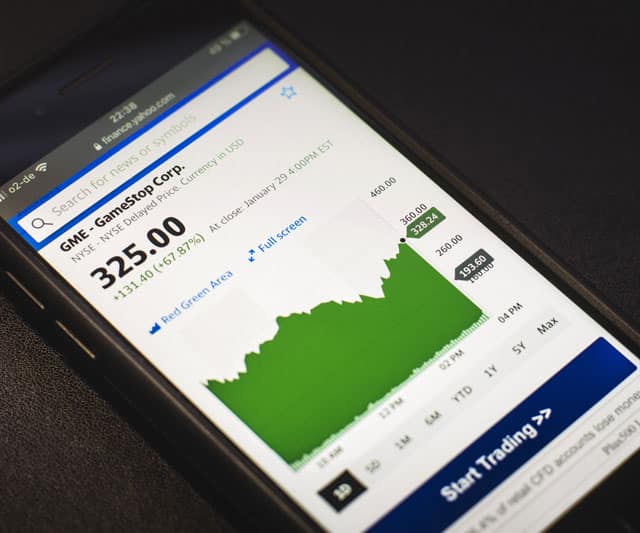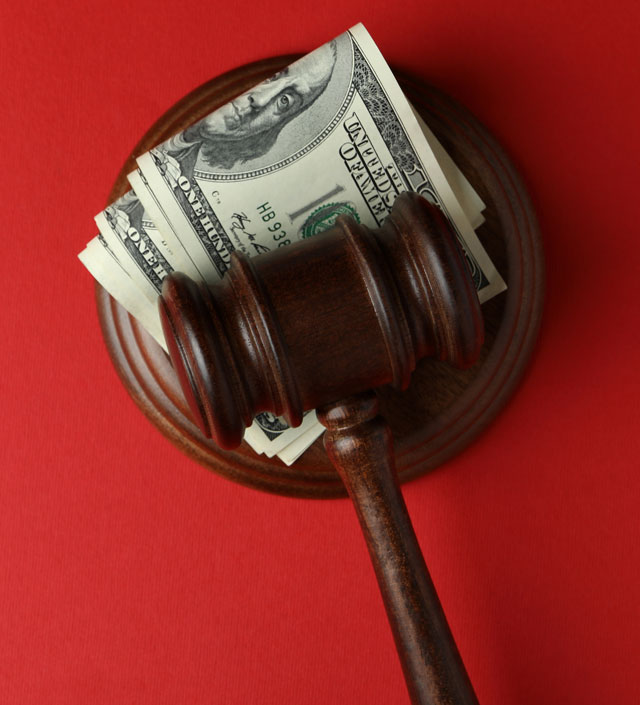The U.S. government’s persistent budget deficit and growing debts were low on Wall Street’s list of worries when interest rates were at rock bottom for years. But borrowing costs have risen so sharply that it is causing many investors and economists to fret that the United States’ big debt pile could prove less sustainable.
Federal Reserve officials have raised interest rates to about 5.3% since early 2022 in a bid to control inflation. Officials predicted at their meeting last month that interest rates could remain high for years to come, shaking expectations among investors who had bet on rates falling notably as soon as next year.
The realization that the Fed could keep borrowing costs high for a long time has combined with a cocktail of other factors to send long-term interest rates soaring in financial markets. The rate on 10-year Treasury bonds has been climbing since July, and reached a nearly two-decade high this week. That matters because the 10-year Treasury is like the market’s backbone: It helps drive many other borrowing costs, from mortgages to corporate debt.
The exact cause of the latest run-up in Treasury rates is hard to pinpoint. Many economists say a combination of drivers is probably helping to drive the pop — including strong growth, fewer foreign buyers of America’s debt, and concerns about debt sustainability in and of itself.
What’s clear is that if rates remain elevated, the federal government will need to pay investors more interest in order to fund its borrowing. The nation’s gross national debt stands just above $33 trillion, more than the total annual output of the U.S. economy. The debt is projected to keep growing both in dollar figures and as a share of the economy.
While the climbing cost of holding so much debt is stoking conversations among economists and investors about the appropriate size of the government’s annual borrowing, there is no consensus in Washington for deficit reduction in the form of either higher taxes or big spending cuts.
Still, the renewed concern is a stark reversal after years in which mainstream economists increasingly thought that the United States might have been too timid when it came to its debt: Years of low interest rates had convinced many that the government could borrow cheap money to pay for relief in times of economic trouble and investments in the future.
“How big of a problem deficits are depends — and it depends very critically on interest rates,” said Jason Furman, an economist at Harvard and former economic official under the Obama administration. “That’s changed a lot,” so “your view on the deficit should change as well.”
Furman had previously estimated that the growing cost of interest on federal debt would remain sustainable for some time, after factoring in inflation and economic growth. But now that rates have climbed so much, the calculus has shifted, he said.
(Since 2000, the United States has run an annual budget deficit, meaning it spends more than it receives in taxes and other revenue. It has made up the gap by borrowing money.
Tax cuts, spending increases and emergency economic assistance approved by both Democratic and Republican presidents has helped fuel the rising deficits in recent years. So has the aging of America’s population, which has driven up the costs of Social Security and Medicare without corresponding increases in federal tax rates. The deficit as a share of the economy rose this year under President Joe Biden even though the economy was growing, just as it did in the pre-pandemic years under President Donald Trump.
Now, borrowing costs are poised to add to the gap.
Higher interest rates are a leading cause, along with surprisingly weak tax collections, of what the Congressional Budget Office projects will be a doubling of the federal budget deficit over the last year. The deficit, when properly measured, grew from $1 trillion in the 2022 fiscal year to an estimated $2 trillion in the 2023 fiscal year, which ended last month.
If borrowing costs climb further — or simply remain where they are for an extended period — the government will accumulate debt at a much faster rate than officials expected even a few months ago. A budget update released by Biden administration economists in July predicted annual average interest rates on 10-year Treasury bonds would not exceed 3.7% at any time over the next decade. Those rates are now hovering around 4.7%.
That recent surge in longer-term bond yields ties back to a number of factors.
While the Federal Reserve has been raising short-term interest rates for roughly 18 months, rates on longer-term bonds had remained fairly stable over the first half of this year. But investors have been slowly coming around to the possibility that the Fed will leave interest rates higher for longer — partly because growth has remained solid even in the face of elevated borrowing costs.
At the same time, there have been fewer buyers for government bonds. The Fed has been shrinking its balance sheet of bonds as it reverses a pandemic-era stimulus policy, which means that it is no longer buying Treasurys — taking away a source of demand. And key foreign governments have also pulled back from bond purchases.
“We’ve whittled down to a smaller universe of buyers,” said Krishna Guha, head of global policy and central bank strategy at Evercore ISI.
Some analysts have suggested that the pickup in bond yields could also tie back to concerns about debt sustainability. To pay higher interest costs, the government may need to issue even more debt, compounding the problem — and focusing attention on the country’s mammoth debt pile, said Ajay Rajadhyaksha, global chair of research at Barclays.
“The problem is not just that number,” he said, referencing the increasing deficit. “The problem is that this economy is as good as it gets.”
That, several economists have said, is the core of the issue: The United States is borrowing a lot even at a time when the unemployment rate is very low and growth is strong, so the economy does not need a lot of government help.
“Right now we have an incredible amount of issuance at the same time as the Fed is messaging higher for longer,” said Robert Tipp, chief investment strategist at PGIM Fixed Income, noting that typically higher issuance comes in periods of turmoil when central bank policy is more accommodative. “This is like a wartime budget deficit but without any help from the central bank. That is why this is so different.”
White House officials say it is too early to know whether rising bond yields should spur Biden to add new deficit-reduction proposals to the $2.5 trillion in plans he included in this year’s budget. Those proposals consist largely of tax increases on corporations and high earners.
“We might be having a different discussion about this a month from now,” said Jared Bernstein, the chair of the White House Council of Economic Advisers. “And when you’re writing budgets, you don’t go back and change your path lightly.”
The Treasury Department has sold close to $16 trillion of debt for the year through September, up roughly 25% from the same period last year, according to data from the Securities Industry and Financial Markets Association. Much of that issuance replaced existing debt that was coming due, leaving a net debt issuance of around $1.7 trillion, more than at any other point over the past decade except for the pandemic-induced bond binge in 2020. The Treasury’s own advisory committee forecasts the size of government debt sales to rise another 23% in 2024.
Maya MacGuineas, the president of the bipartisan Committee for a Responsible Federal Budget and a longtime proponent of reducing deficits, said it was hard to tell what had caused rates to climb recently. Still, she said, the move serves as a “reminder.”
“From a fiscal perspective, the story is very simple: If you borrow too much, you become increasingly vulnerable to higher interest rates,” she said.
c.2023 The New York Times Company. This article originally appeared in The New York Times.







